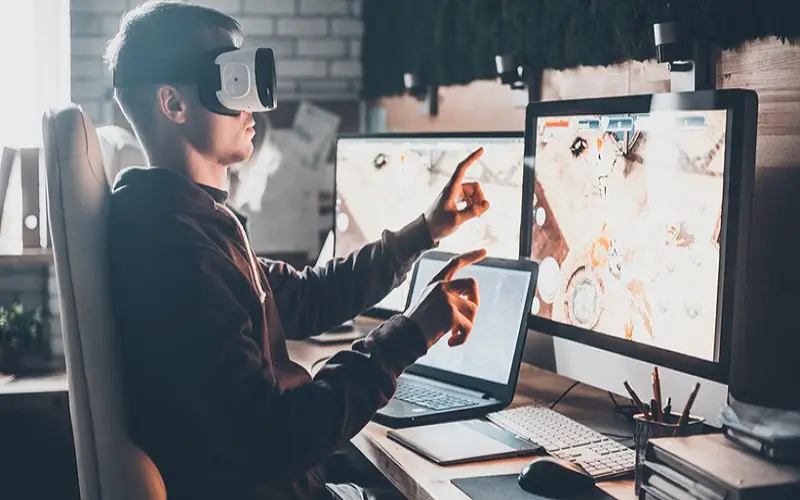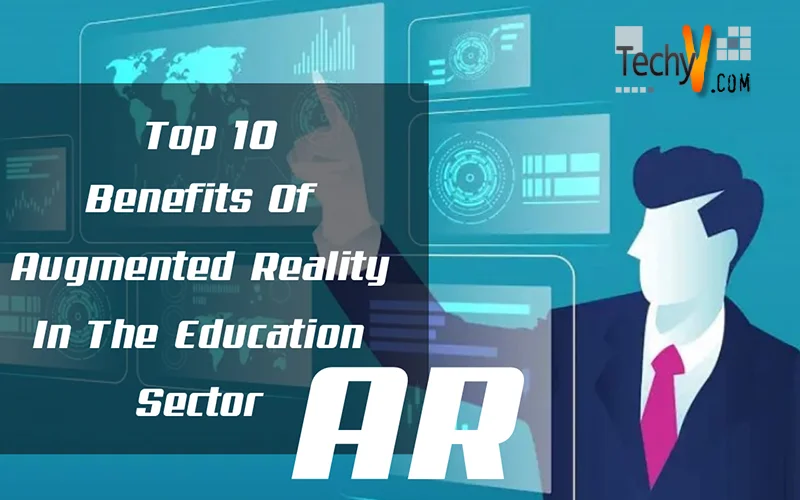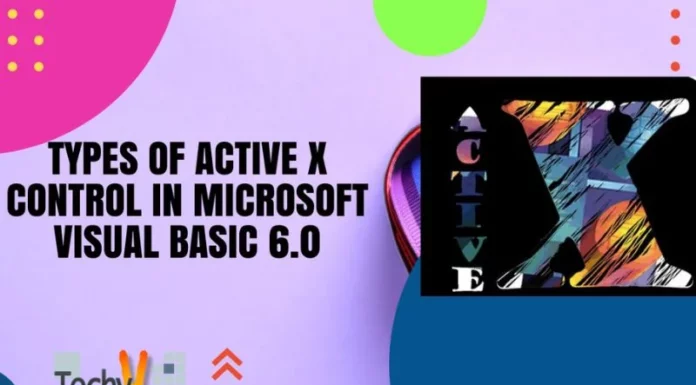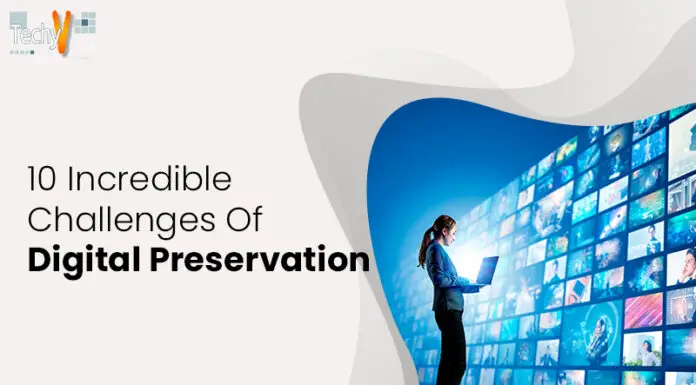Augmented reality (AR) is one of the biggest and growing trends in technology and will continue to grow as smartphones, and other augmented reality devices become more available worldwide. The popularity of augmented reality in education is increasing in schools worldwide. Through Augmented Reality (AR), educators can enhance interaction and engagement with students to improve learning outcomes.
AR is an easy way to engage learners using mobile phones and iPads. It has made teaching and learning highly interactive and allows teachers to participate in the process actively. With the help of AR, students can now use smart devices to transform 2D images into interactive 3D models. The growing integration of AR in the education sector is one of the hottest trends today. Here are the top 10 ways AR can help students become more engaged in learning in education.
1. Experiential Learning
The importance of experiential learning is well-known among both teachers and learners. We tend to remember things we have done well. Consequently, the answer to making education more effective is introducing curricula that provide new learning experiences and enable “learning by doing.” AR technology comes with intelligent learning content that allows students to experience what is happening around them by manipulating objects in an immersive 3D background and providing every student with a tactile learning experience.
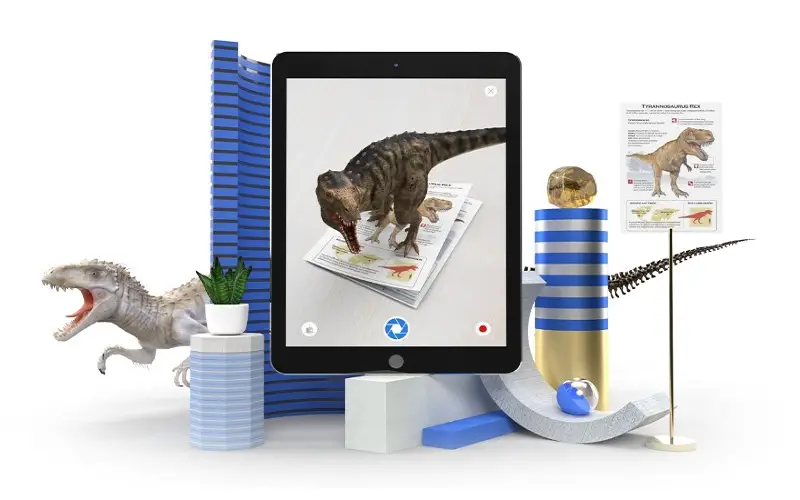
2. Reduce Costs
AR does not require special and complicated tools or devices to work. You just need an application and a smartphone with an internet connection. This also helps in reducing the cost that would otherwise be incurred, like tuition, transportation, textbooks, time, etc. Most people in the current scenario have smartphones, and this group consists of students above 13 years of age.
The cost of materials is also not a consideration when setting up a virtual classroom, as all textbooks and required materials, including assessments and workbooks, can be combined into one application using this technology.
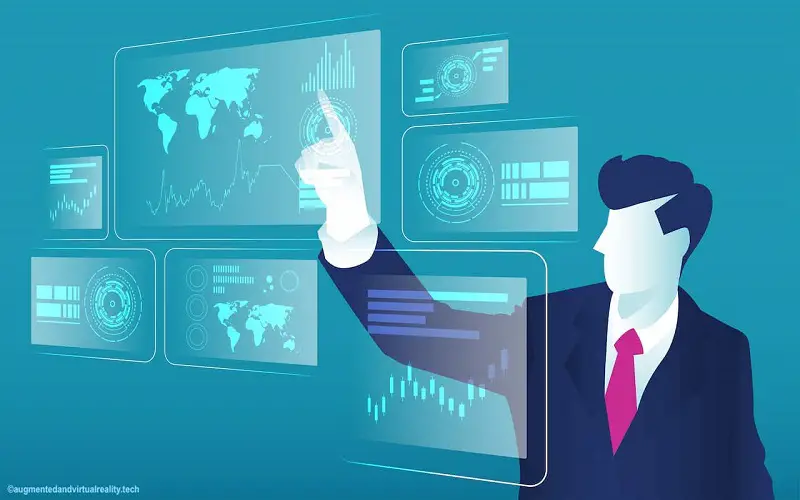
3. A Multisensory Experience
A Multisensory Experience is one in which students go beyond traditional reading and listening, activities that target one sense at a time, and use sight, hearing, and touch through an integrated approach. In addition, the multisensory experience provided by AR brings more inspiration and excitement to learners through its high-fidelity graphics and immersive content using head-mounted displays (HMDs), which with methods of Traditional teaching is not possible. Complex topics can now be presented in a more practical approach, and this has made the teaching and learning experience more enhanced.
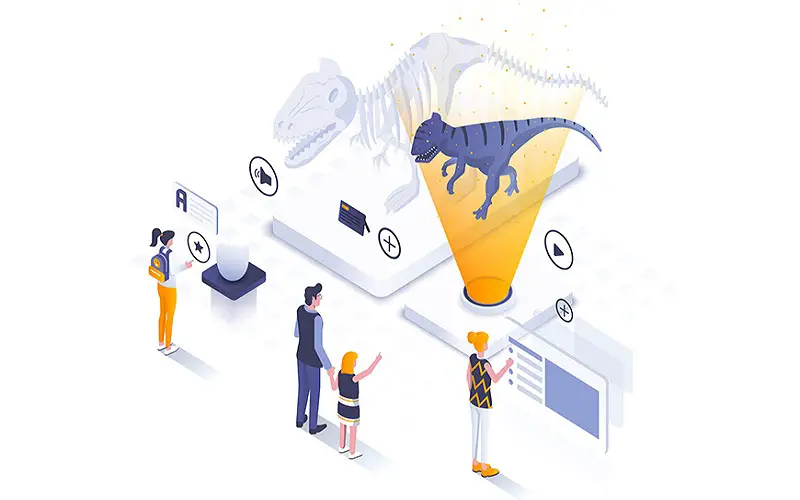
4. Increasing Student Participation
Student engagement has always been one of the biggest challenges for schools and teachers. Thus, learning management systems supported by augmented reality help teachers increase student engagement through interactive and immersive content.
AR helps students seamlessly interact with visual graphics experiences by transforming computer-enhanced graphics into real-world examples. In addition, AR in education can help students remember important information due to its sensory enhancement capabilities which makes it easy for students to interact more.
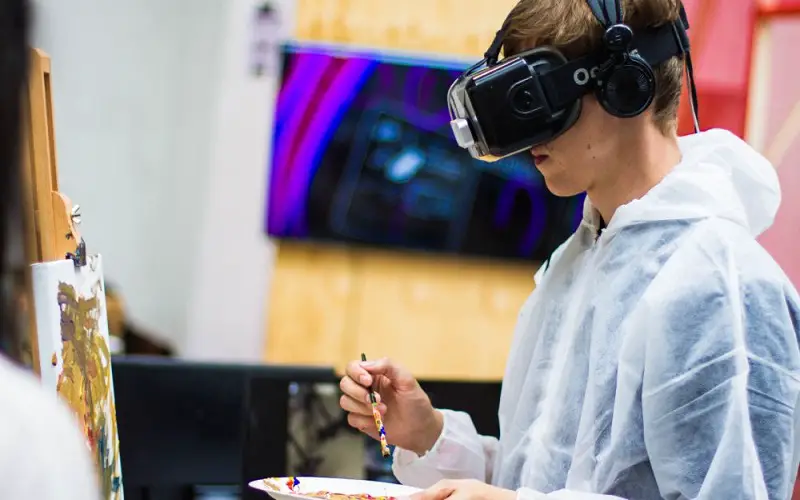
5. High Accessibility
It has always been difficult for teachers to make students understand abstract subjects within the confines of the classroom. Teachers can now enable students to travel virtually to physically inaccessible places and this is only possible with the help of AR. In addition, students can access learning opportunities anytime and anywhere. Teaching is no longer confined to traditional classrooms. These latest technologies allow teachers to bring ancient Greek sculptures into the classroom and show students to add more context to their learning without taking them anywhere physically.
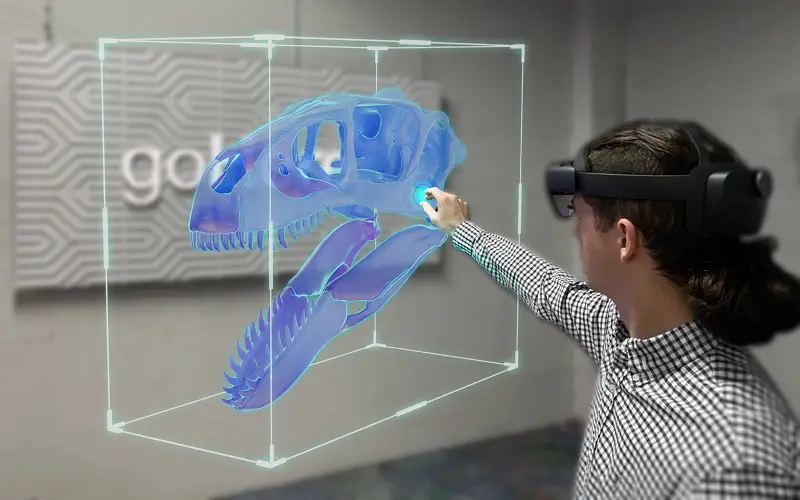
6. Expressing Individuality
Augmented reality learning experiences allow students to discover their interests, build user profiles, and create learning experiences tailored to their learning style. In addition, students can use their avatars and “home spaces” to demonstrate their interests and talents to their teachers and colleagues while fulfilling course learning objectives. AR truly represents the diversity of free expression.
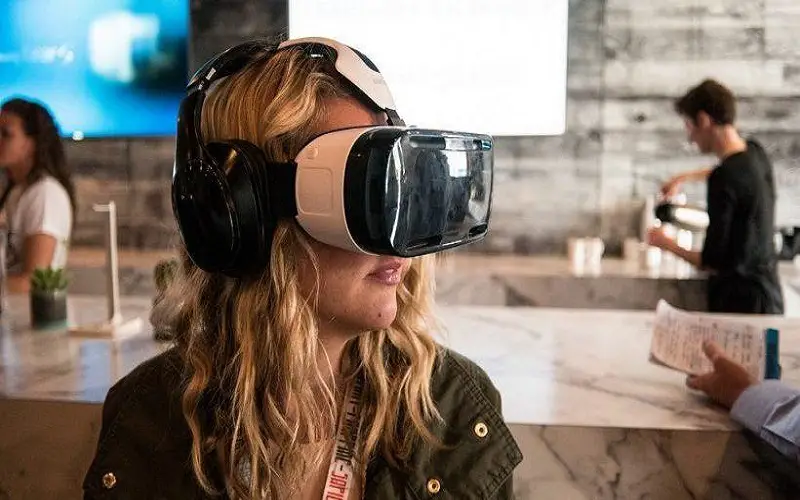
7. More Engaging
Reading a textbook alone does not necessarily engage students, encourage them to learn more about the textbook, or spark their curiosity. However, children’s interest increases when they see the same things in a natural environment and touch what they read in textbooks.
Using augmented reality in education, a 3D model of a historical monument and all related information appears on the smartphone screen when the smartphone is pointed at the textbook image of the monument. Such experiences increase student interest and help accelerate clarity and understanding.
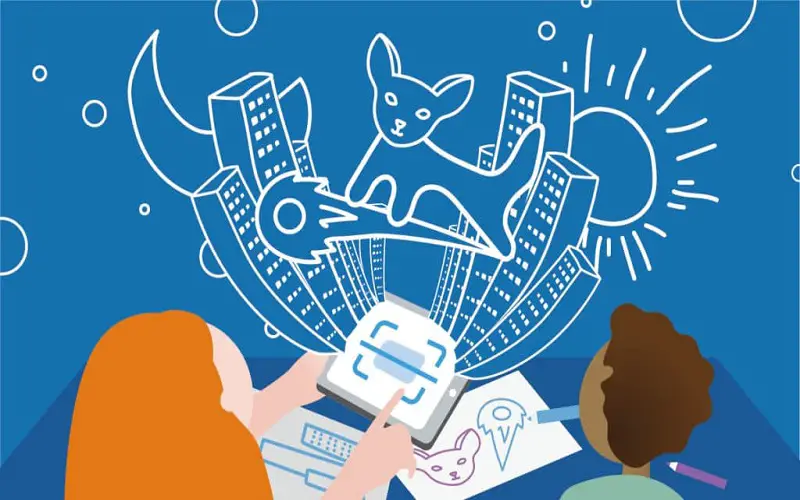
8. Suitable For All Ages And Educational Levels
AR experiences consist of 75% real reality and 25% virtual reality. In other words, AR does not change the natural environment but integrates virtual objects into the real environment to make the real world more attractive. This enables students of all ages and levels to understand concepts, learn and adapt to the modern education system. Whether it is medical training, military training, aerospace training, or manufacturing training, companies and government departments are using AR to train and educate their employees.
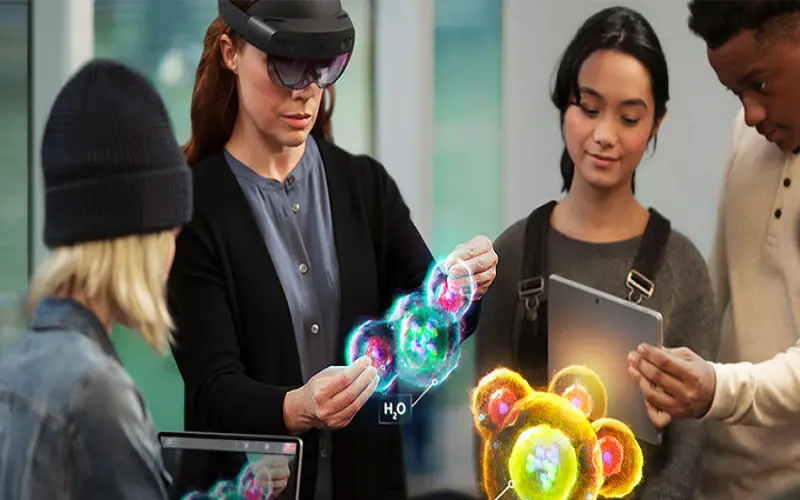
9. Ensure More Collaboration
AR in education also makes collaboration between teachers and students unique and fun. Additionally, by using augmented reality in the classroom with voice technology, instructors can provide detailed explanations of topics in audio format, guide students through AR visuals, and foster collaboration between teachers and students. Now they can encourage student participation in class.
E-learning helps students to learn how concepts are implemented in a virtual background. Moreover, by using immersive and visualization techniques, AR has taken professional development to a higher level.
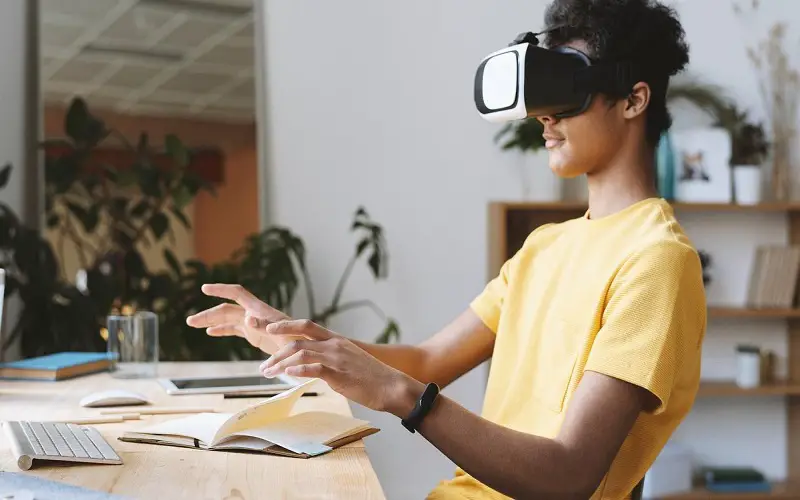
10. Safe Training
Novice surgeons cannot be expected to perform heart surgery successfully. Similarly, a pilot cannot eject an airplane on the first try without proper training. However, experts in these fields cannot practice in real conditions. Augmented reality and mixed reality applications can help you get the experience you want. For example, Microsoft Flight Simulator replicates several real-world aircraft and allows pilots to practice their skills with virtual reality headsets. Augmented reality brings aero physics closer to reality. So pilots get a better understanding of the real aircraft on their first flight. This makes the training process more natural by providing real-life virtual scenarios without risking anyone’s safety and making the learning more insightful.
